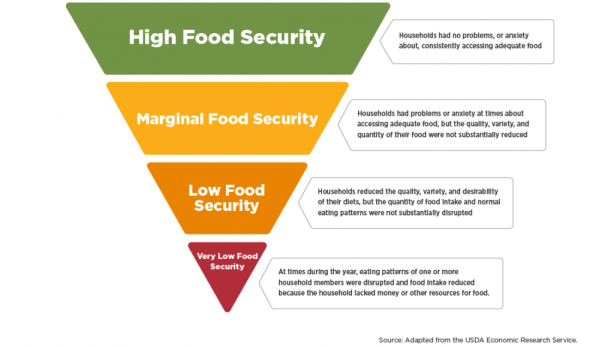January is National Blood Donor Month
Fact about blood needs
- Every two seconds someone in the U.S. needs blood.
- Approximately 36,000 units of red blood cells are needed every day in the U.S.
- Nearly 7,000 units of platelets and 10,000 units of plasma are needed daily in the U.S.
- Nearly 21 million blood components are transfused each year in the U.S.
- The average red blood cell transfusion is approximately 3 pints.
- The blood type most often requested by hospitals is type O.
- The blood used in an emergency is already on the shelves before the event occurs.
- It is estimated that sickle cell disease affects 90,000 to 100,000 people in the U.S. About 1,000 babies are born with the disease each year. Sickle cell patients can require frequent blood transfusions throughout their lives.
- According to the American Cancer Society, more than 1.69 million people are expected to be diagnosed with cancer in 2017. Many of them will need blood, sometimes daily, during their chemotherapy treatment.
- A single car accident victim can require as many as 100 pints of blood.
Facts about blood and its components
- There are four types of transfusable products that can be derived from blood: red cells, platelets, plasma and cryoprecipitate. Typically, two or three of these are produced from a pint of donated whole blood.
- A single donation can potentially help more than one patient.
- Donors can give either whole blood or specific blood components only. The process of donating specific blood components – red cells, plasma or platelets – is called apheresis.
- One transfusion dose of platelets can be obtained through one apheresis donation of platelets or by combining the platelets derived from five whole blood donations.
- Most donated red blood cells must be used within 42 days of collection.
- Donated platelets must be used within five days of collection – new donations are constantly needed.
- Plasma and cryoprecipitate are stored in frozen state and can be used for up to one year after collection.
- Healthy bone marrow makes a constant supply of red cells, plasma and platelets. The body will replenish the elements given during a blood donation – some in a matter of hours and others in a matter of weeks.

